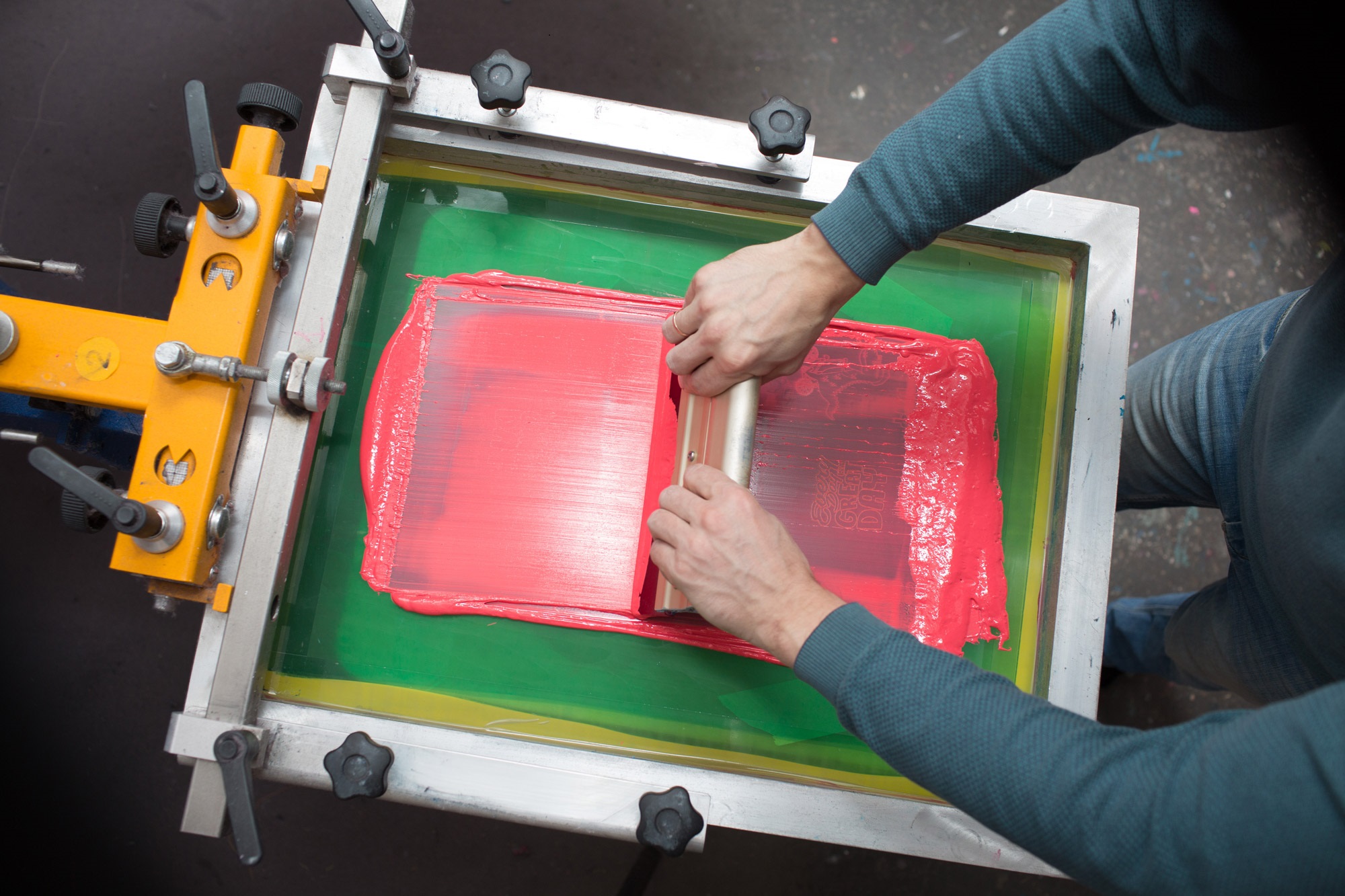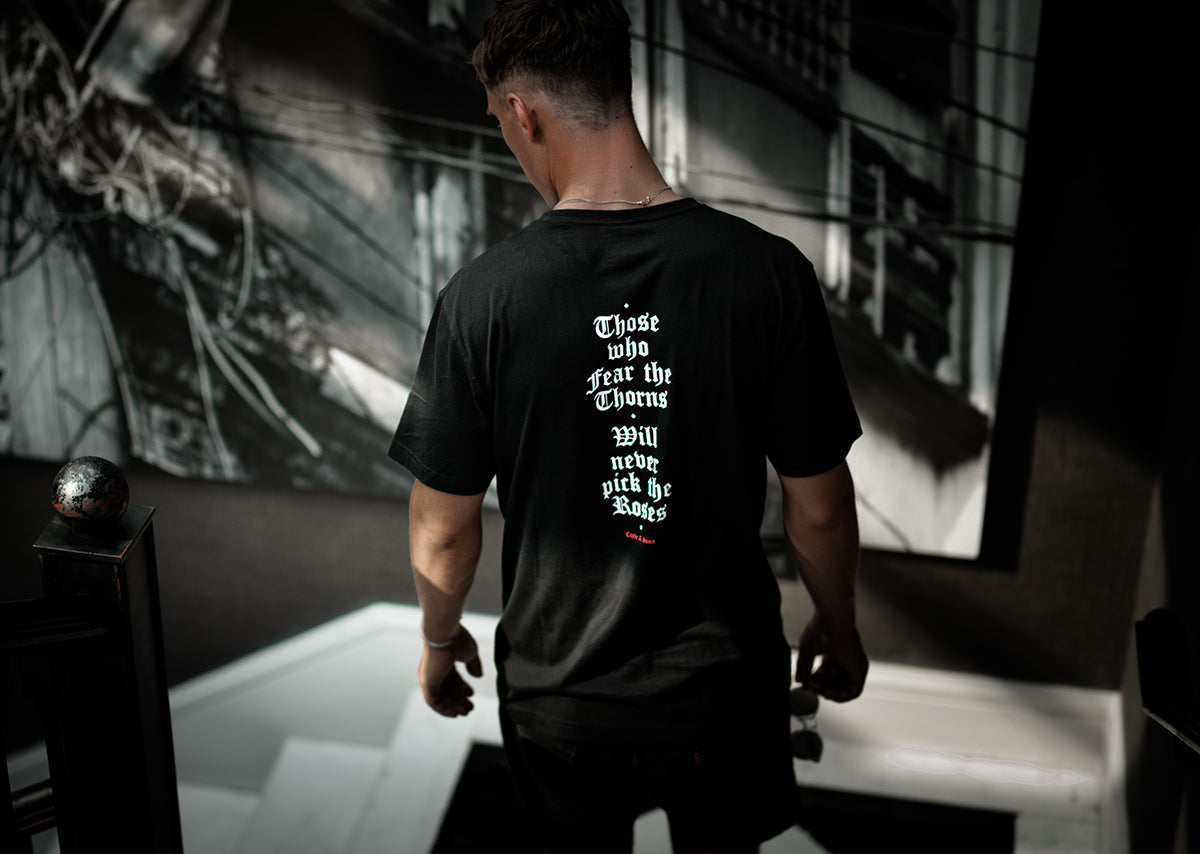Some Known Details About Tx Tees
Some Known Details About Tx Tees
Blog Article
The Definitive Guide to Tx Tees
Table of ContentsHow Tx Tees can Save You Time, Stress, and Money.Indicators on Tx Tees You Need To KnowThe Main Principles Of Tx Tees The Best Strategy To Use For Tx TeesThe Buzz on Tx TeesTx Tees Things To Know Before You BuyThe 7-Second Trick For Tx Tees
That brings your total amount to roughly $1,900 gross and delivery. Build up other costs, like the variety of energies it takes to run the store and the price of ink and solution per design. screen printer. Take the print listed below. This is a one-color photo, so the price of ink per t-shirt is approximately 20 cents.The emulsion ought to only be a few cents considering that you 'd just require to layer one display for this task. Normally, printers attempt to make up to 45% revenue on a print task.

With DTF, you can print a handful of t shirts, or simply one. Use the same calculator as the area above to calculate just how much revenue you 'd make utilizing DTF transfers. Contrast the costs and earnings to whichever technique speaks ideal to your configuration and process. Both display printing and DTF have their niches on the planet.
What Does Tx Tees Do?
The most effective means to know? Ask about and see what print shops like your own are doing. screen printer. Attempt both out and see which you like far better
When you're picking what type of printing method to use for printing your artwork styles on your garments, it is necessary that you recognize the differences in between these two techniques so you can optimize outcomes while decreasing prices. Display printing is one of the most generally made use of strategy for publishing styles on fabrics.
DTG printing is likewise referred to as area or direct to garment printing since it prints only what is required rather of making a display as display printers do. https://www.awwwards.com/txtees02/. Screen printing works by display filler squeegee display printing ink screen mesh display, then moving the image to garment making use of warm and/or stress
The DTG printer utilizes unique dye-sublimation inks that are applied right into a pre-designed image by an electronic printing system. The inks enter into the textile, enabling for vivid colors and exceptional information. It's additionally called place or straight to garment printing since it publishes only what is required rather than making a screen as screen printers do.
Fascination About Tx Tees
Initially, it's much quicker - you can print a fullcolor picture in minutes, as opposed to hours for screen printing. Second, there's no established time or prices included - you can publish any style you like, without needing to create a screen first. Third, there's no waste - because display printers display print one design at once, they have to evaluate each shade independently.
The paper is really costly and can only be made use of as soon as. Once it's published on, it needs to be thrown out. - The first purchase rate is less than the in advance investment of DTG printers- You can publish multi-color designs one display at a time as opposed to needing to print each color independently like DTG printing.

All about Tx Tees
Rather of using screen mesh as screen printers do, color sublimation printers make use of laser technology to transfer your pictures onto garments or paper. A warm procedure transfers the color from its solid-state directly into the gas stage which subsequently integrates it onto material substratums when they are swiftly heated to high temperatures under high stress.
Sublimation printing is environment-friendly. It makes use of less water than screenprinting, and because it doesn't include making use of unsafe solvents, it's safe for all sorts of apparel. The dye sublimation inks are likewise unsmelling when cured, unlike screen printers that use hazardous chemicals during the screen printing process that leave behind an unpleasant odor.
They also conserve cash on pricey tools like direct exposure systems considering that color sublimation printers don't need a UV exposure unit or a flash cure stove that is typically used in display printing (custom screen printing). What is straight to garment printing (DTG Printing)? DTG printing is an electronic screenprinting process that prints straight onto textile utilizing specialized inkjet printers
The Ultimate Guide To Tx Tees
DTG printing provides several advantages over traditional screenprinting, consisting of the capability to publish photo high quality photos, higher shade vibrancy, and the capability to print styles on darker fabrics. DTG printers function by heating the fabric ink up until it develops into a gas. The gas after that penetrates the fabric, bonding with the fibers to develop an irreversible print.

Screen printers simply prepare their screen after that begin publishing up until they run out of product or ink.- There is a vast array of experienced display printers throughout the globe, which can be practical for novices. - It's a slower process - screen printers often need to wait on the ink to dry before they can publish the following shade- Display printers need manual work, so there's a greater discovering curve and it takes longer to produce a top quality design- Display printing isn't as precise as DTG printing, so you may obtain some "bleeding" of colors from one part of the photo onto one more if not done effectively.
Get This Report on Tx Tees
Nevertheless, rather than using display mesh as screen printers do, dye sublimation printers make use of laser innovation to move your pictures onto garments or paper. A warmth process moves the color from its solid-state directly into the gas stage which in turn merges it onto fabric substrates when they are swiftly warmed to high temperature levels under high stress.
Sublimation printing is environment-friendly. It uses much less water than screenprinting, and since it doesn't include using damaging solvents, it's secure for all kinds of apparel. The dye sublimation inks are also odorless when healed, unlike display printers that utilize harmful chemicals throughout the display printing process that leave behind an unpleasant smell.
They also conserve cash on pricey devices like exposure systems because color sublimation printers don't require a UV direct exposure system or a flash treatment stove that is usually made use of in screen printing. What is direct to garment printing (DTG Printing)? DTG printing is a digital screenprinting procedure that publishes directly onto fabric using specialized inkjet printers.
The Of Tx Tees
DTG printing Visit Website provides numerous advantages over typical screenprinting, including the capability to print photo high quality pictures, greater shade vibrancy, and the capability to publish designs on darker materials. DTG printers work by heating up the textile ink until it develops into a gas. The gas after that permeates the textile, bonding with the fibers to develop an irreversible print.
Report this page